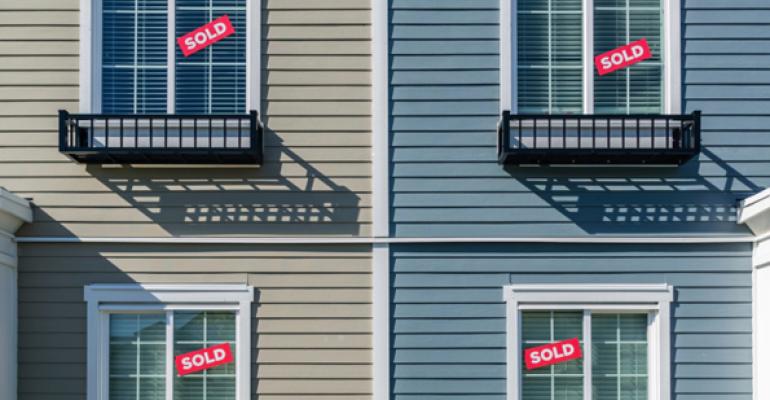Investors are finally buying apartment properties in big numbers in smaller cities and towns. “There’s been a dramatic increase in the number of offers for properties in secondary and tertiary markets,” says John Sebree, director of Marcus & Millichap's National Multi Housing Group. “It’s been moving in this direction for some time—now it’s moving at a faster pace.”
Investors bought $16.2 billion in apartment markets in secondary and tertiary markets across the country in the first quarter of 2015, according to New York City data firm Real Capital Analytics (RCA). That’s a higher volume of transactions than the $12.3 billion investors bought in the six major metropolitan areas over the same period.
“Across the five major property types we analyze, only in the apartment sector is it the case that secondary markets posted more activity than in the 6 Major Metros,” according a first quarter report by RCA.
Property prices are also rising quickly in secondary and tertiary markets—especially relative to the rents at the properties. The average prices per apartment in tertiary apartment markets rose 23 percent to an average price of $75,344-per-unit during the year that ended in the first quarter. That price is low compared to prices in leading U.S. cities, but it’s rising fast. Average capitalization rates for apartment properties in tertiary markets dropped 33 basis points to reach 6.9 percent over the same period. Cap rates represent the income from a property as a percentage of the sale price, according to Real Capital Analytics.
Even as it falls, that 6.9 percent cap rate is still high enough to attract investors to smaller apartment markets. In the top U.S. cities for apartments, cap rates and therefor investor yields are much lower. The average cap rate for apartment properties in the top markets fell 15 basis points to reach 4.9 percent in the first quarter, according to RCA. That’s a giant 200-basis-points difference between cap rates in the top markets and secondary markets.
“The prices have become so high and returns have diminished so much in core markets, that there is a pursuit of yield into secondary markets,” says Sebree. Marcus & Millichap measures a similar 240 basis point difference between the average cap rates in primary and secondary markets. That’s down from a difference of 370 basis points during the crash. But it still leaves room for cap rates to fall lower in secondary and tertiary markets.
The apartment markets that provide the highest yields on average for apartments are secondary markets, according to Marcus & Millichap’s Premium Yield Index. “Investors are increasingly pursuing yields into secondary and tertiary markets despite risk often associated with those areas,” according a first quarter report from Marcus & Millichap.
Detroit is the top city on the index, with a five-year average cap rate of well over 9 percent. “Rental housing demand in the metro remains strong, pushing the vacancy rate to a multi-year low in 2014, and only a slight increase is projected this year while the local economy continues to display renewed vigor,” according to the report. The list of high-yielding cities continues with Cleveland, Pittsburgh and Indianapolis.
Investing in secondary markets does come with extra risk, in addition to extra yield for investors. “These markets can be influenced by single, large properties opening or any single, large company that has layoffs,” says Sebree.
But so far the new construction of apartments coming to most secondary markets is modest compared to the existing supply and the demand for new units. “In most secondary and tertiary markets, not as much new construction is taking place,” says Sebree.

